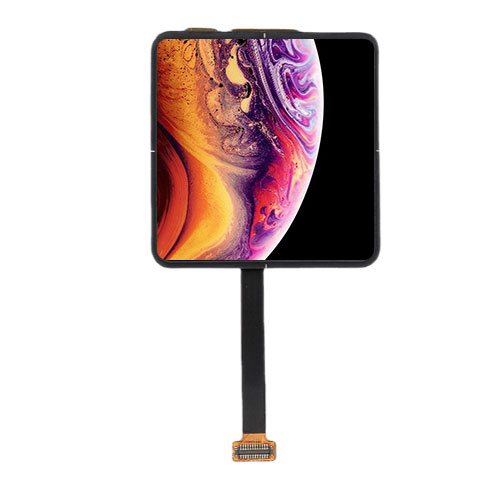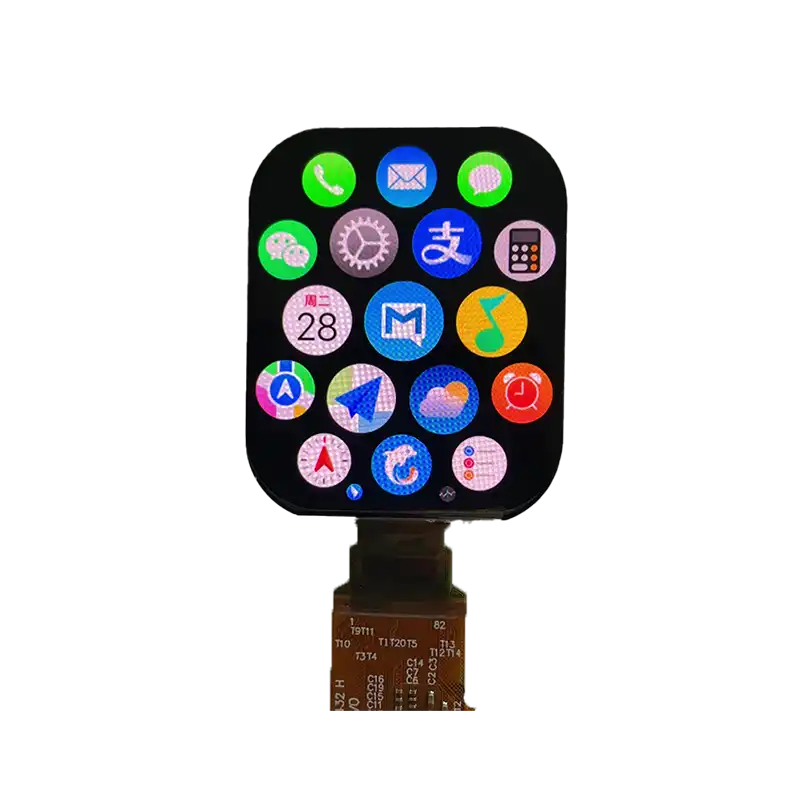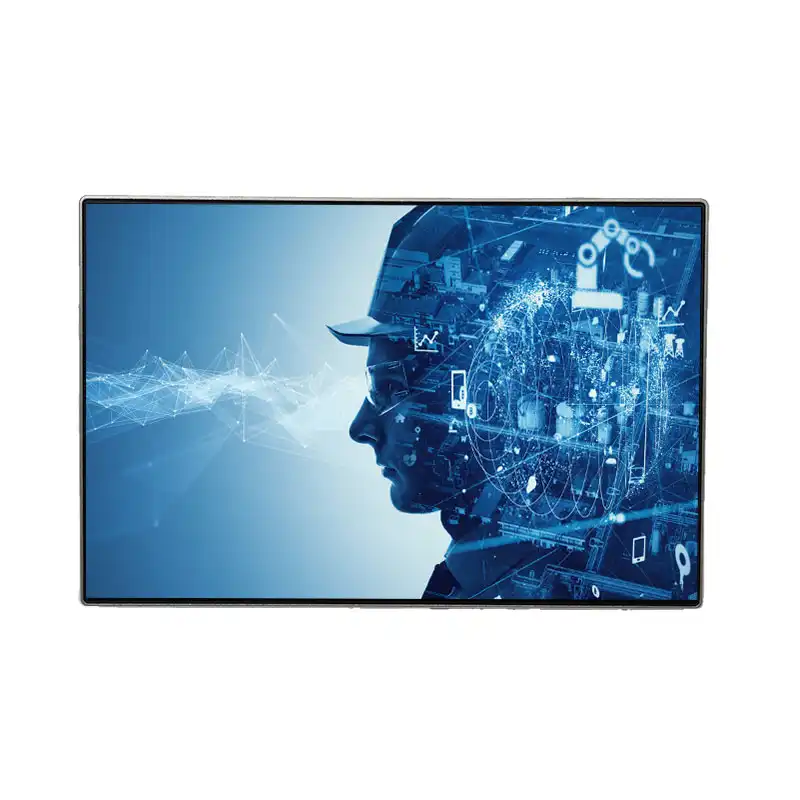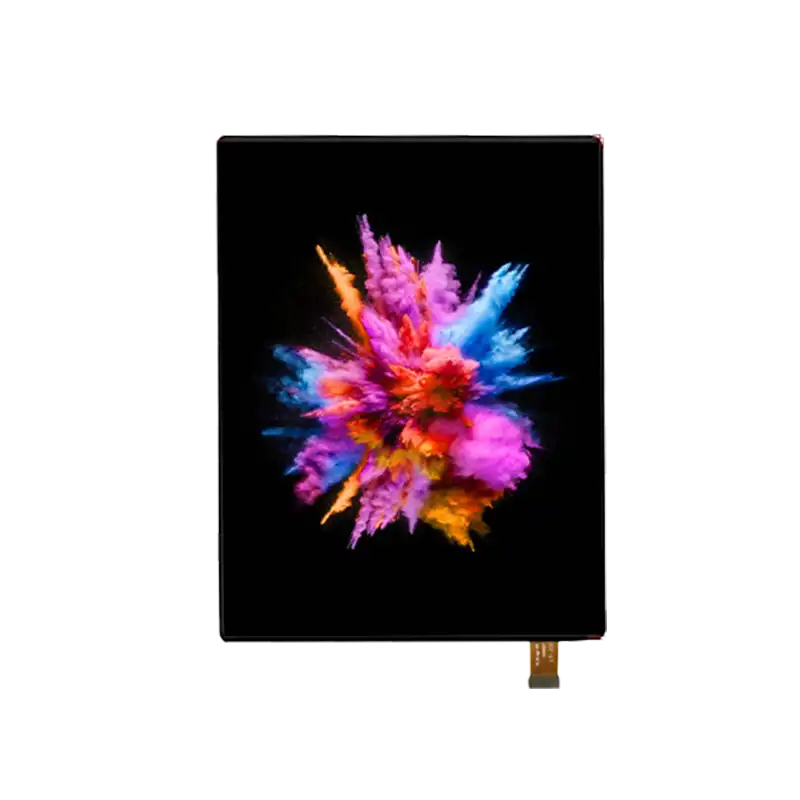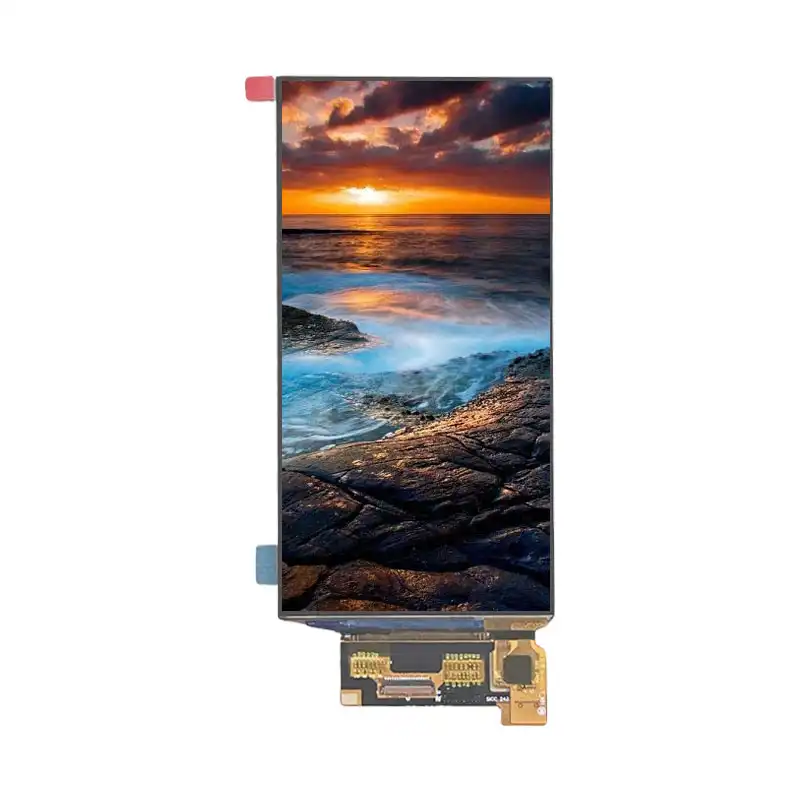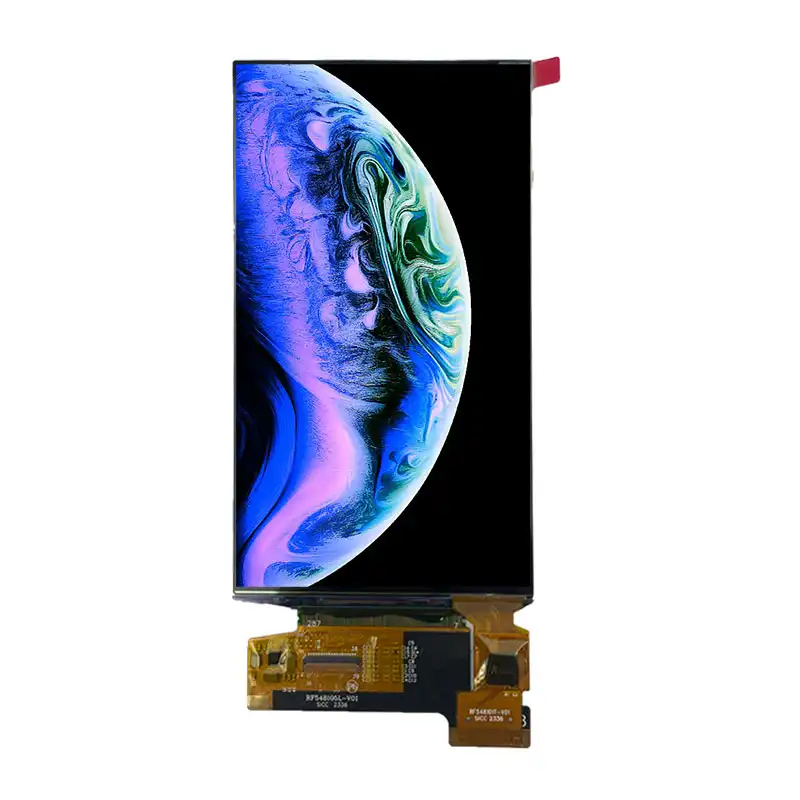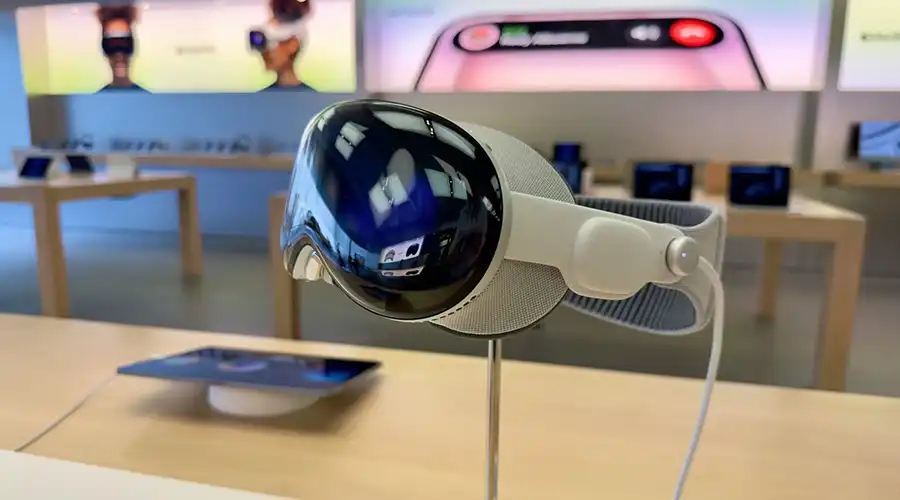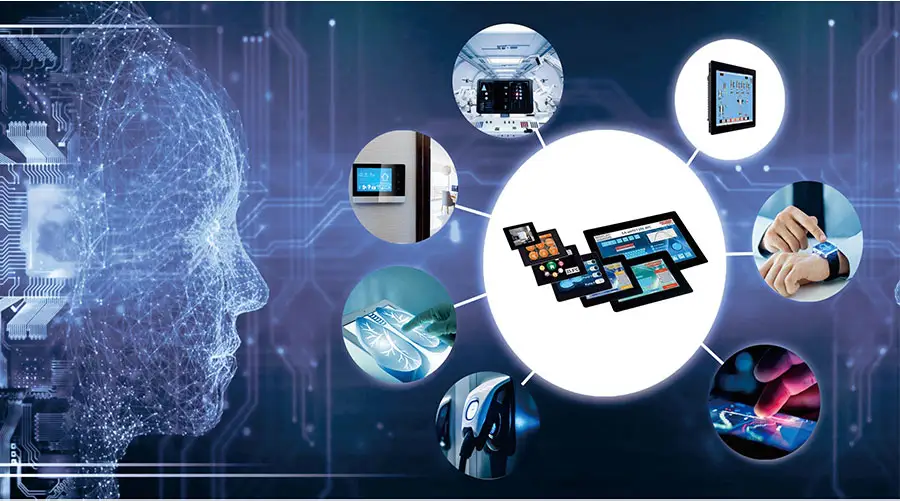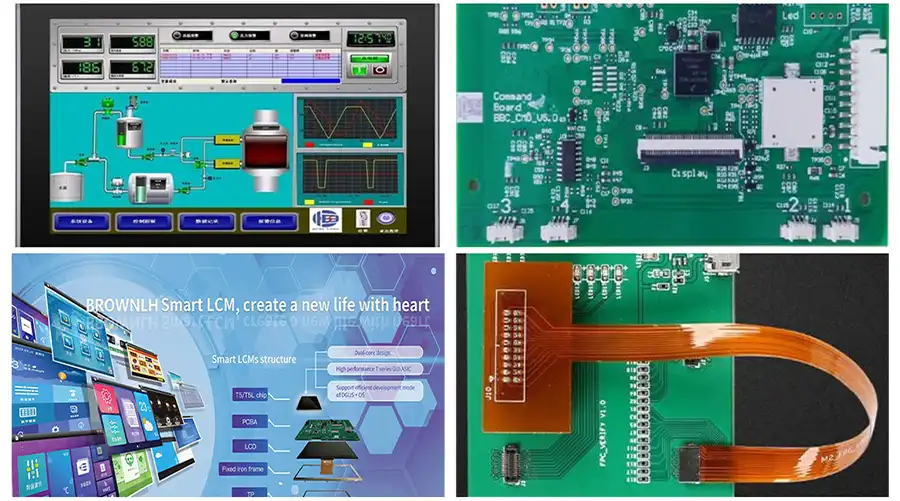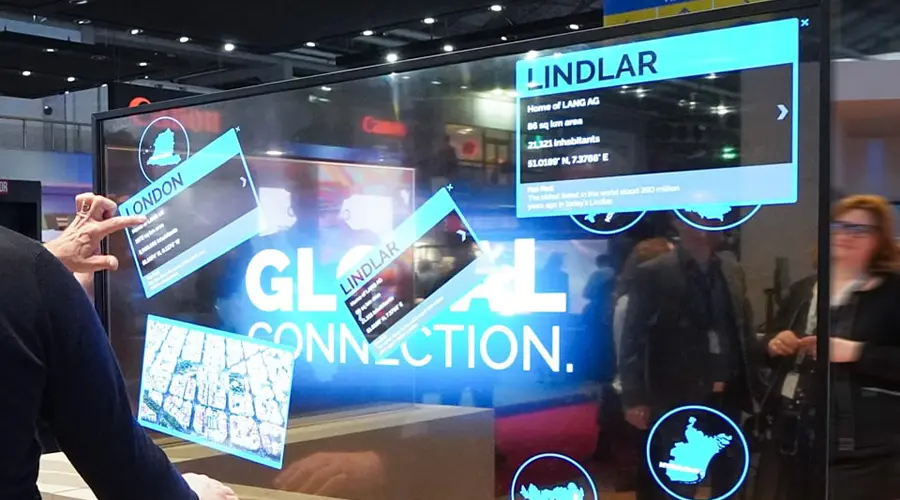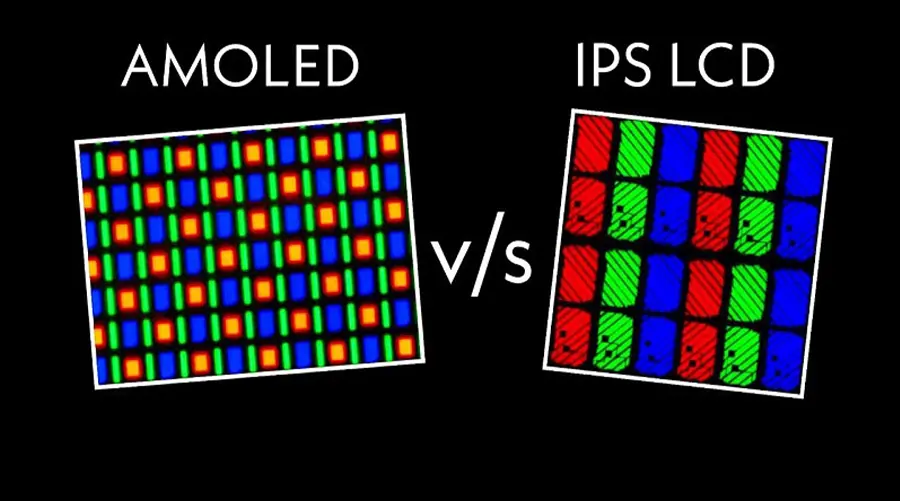By 2025, OLED (Organic Light-Emitting Diode) technology has transitioned from luxury smartphone displays to the foundation of a new visual era. No longer confined to flat rectangles, OLED now powers wearables, medical patches, automotive dashboards, and immersive AR interfaces. Its self-emissive pixels — producing light individually — enable ultra-thin, flexible, and energy-efficient displays that shape how humans perceive digital information.
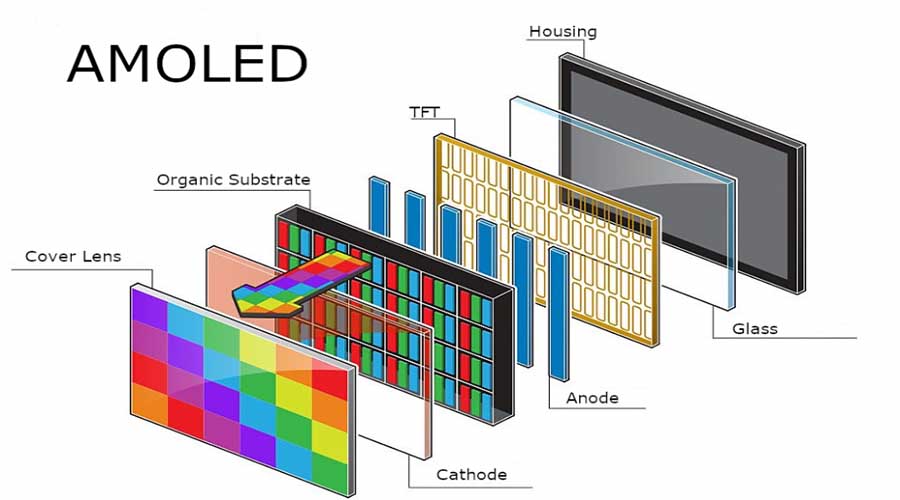
1. The Evolution of OLED
Once a niche research subject, OLED matured through the 2010s as display giants refined materials, deposition processes, and drive electronics. The early 2020s witnessed commercialization beyond mobile devices — foldables, automotive glass panels, and transparent signage. By 2025, OLED had split into multiple specialized branches: traditional AMOLED for mobile, microOLED (OLEDoS) for AR, and hybrid printed OLED for large, sustainable fabrication.
Unlike LCDs, OLED emits its own light per pixel, eliminating backlights. This reduces thickness, improves contrast (true blacks), and allows for flexible or transparent substrates. Modern OLEDs incorporate LTPO backplanes, advanced encapsulation, and AI-based compensation to mitigate burn-in. Combined, these qualities make OLED the most human-centric display medium ever created.
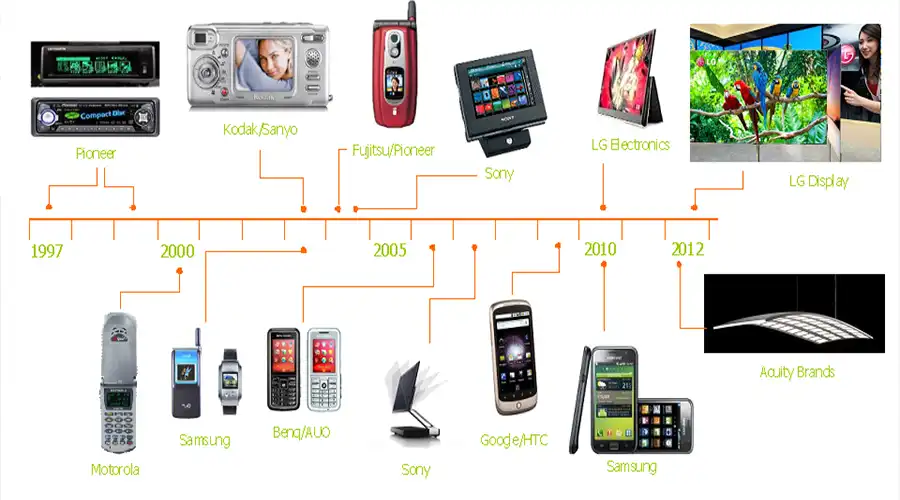
2. OLED in Wearables
Smartwatches and fitness trackers were the earliest mass-market validation for OLED. The curved, vivid, low-power displays enabled ergonomically sound devices with superb readability in outdoor settings. The flexibility and color precision of OLED perfectly fit wrist-mounted or textile-integrated use cases.
By 2025, wearable OLEDs have advanced to micro-thin modules embedded into medical sensors and skin patches. Real-time glucose, hydration, or oxygen monitoring now occurs on surfaces that breathe and flex. These displays can even remain partially transparent—showing vital data on the skin without blocking natural tone.
“OLED wearables exemplify where technology meets biology — responsive, adaptive, and almost invisible.” – Dr. Aiko Sato, Biotech Lab Tokyo
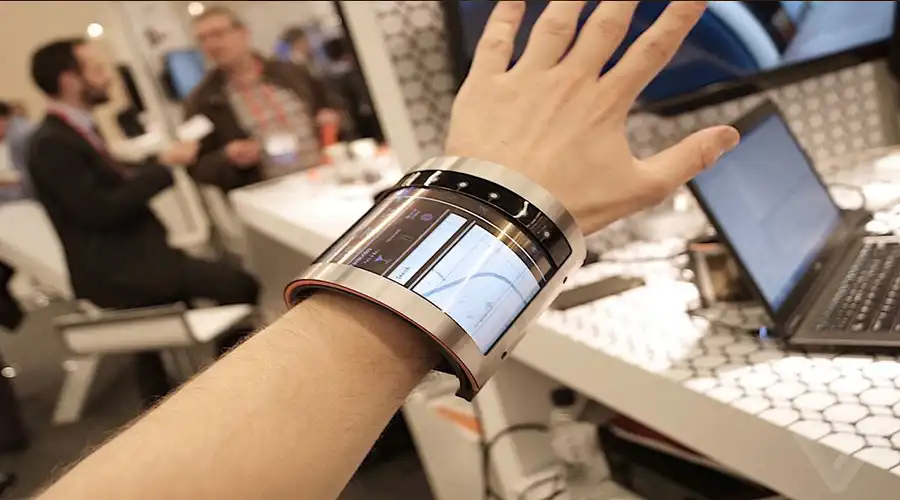
3. The Leap to AR Glasses
The 2025 AR revolution owes its realism to OLED-on-silicon (OLEDoS) technology — microdisplays with pixel densities exceeding 4000 PPI. These panels fit inside lenses mere millimeters thick, projecting crisp overlays across the user’s natural field of view. Unlike laser or LCD-based HUDs, OLED’s instantaneous contrast and deep black blending let virtual elements coexist believably with real-world objects.
The consumer market now enjoys lightweight AR eyewear capable of persistent data overlays — navigation arrows on roads, live captions in conversations, or contextual translation in travel. OLED’s self-luminous structure ensures privacy, rendering images visible only to the wearer’s pupils. Industries from surgery to engineering use similar optics for precision overlays and low-latency collaboration.
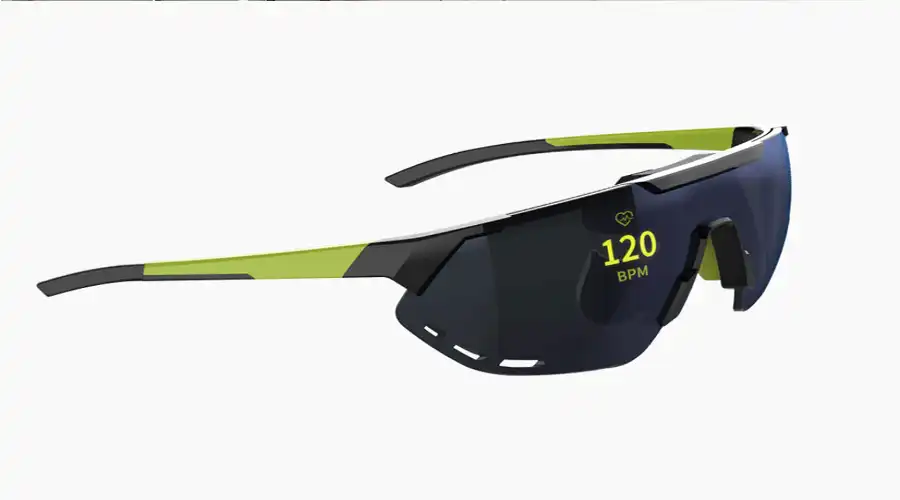
4. Transparency and Flexibility
Perhaps the hallmark of OLED design freedom lies in its material versatility. Transparent and foldable OLEDs now populate architecture, automotive dashboards, and appliances. Such displays deliver illumination and information without disturbing spatial design flows. Modern transparent OLEDs achieve over 70% light transmission, allowing unobstructed visibility behind onscreen graphics.
In industrial and vehicular design, OLED’s bendability permits dashboards and control panels to wrap around surfaces smoothly. Future concept vehicles already incorporate flexible OLED skins capable of displaying exterior signals, branding, or warnings directly on body panels. This is technology becoming texture—functional and aesthetic at once.
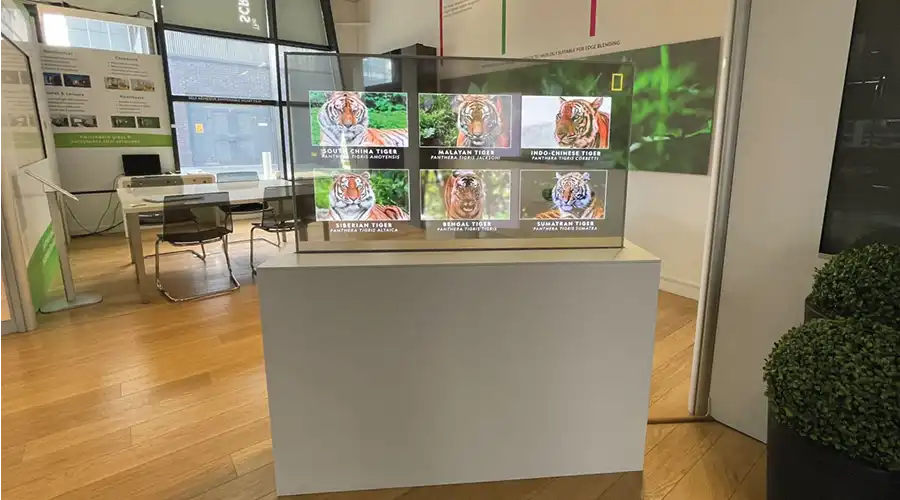
5. The Visual Aesthetics of OLED
OLED’s impact on human emotion is profound. The infinite contrast ratio—true black against vibrant hues—mimics the way our eyes perceive natural light. Designers leverage pixel-level dimming to craft interfaces that breathe rather than blink. Notice how smartwatch notifications fade in softly, or AR arrows ghost into view as if whispering directions rather than commanding attention.
In Entertainment and Storytelling
The entertainment sector harnesses OLED for cinematic AR installations, where displays serve as dynamic surfaces of storytelling. The low-latency response and near-zero motion blur elevate immersive gaming and virtual production environments, blurring boundaries between physical and digital frame rates. Artists now paint light directly — pixels as brushstrokes of imagination.
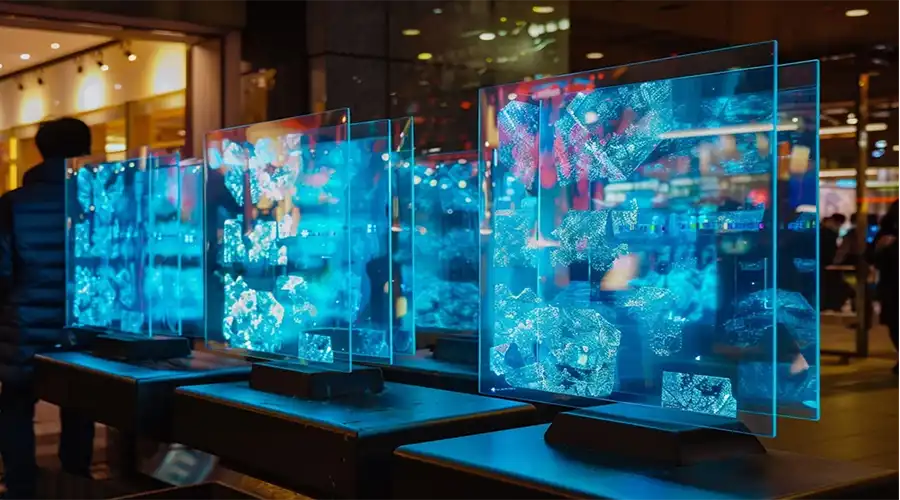
6. Sustainability and Efficiency
OLED’s environmental footprint continues to shrink as printable organic inks and recyclable substrates replace energy-intensive vacuum deposition. Without backlights and with reduced rare-metal dependency, OLED devices consume less power. Companies are exploring bio-based polymers for light-emitting layers and graphene for transparent electrodes, fostering a circular-material economy.
Meanwhile, energy management technologies—adaptive refresh, motion-triggered lighting, and deep sleep states—extend device lifecycles. Flexible OLED films also support modular repairability, reducing electronic waste. Sustainability is no longer a marketing term; it's embedded in OLED’s DNA.
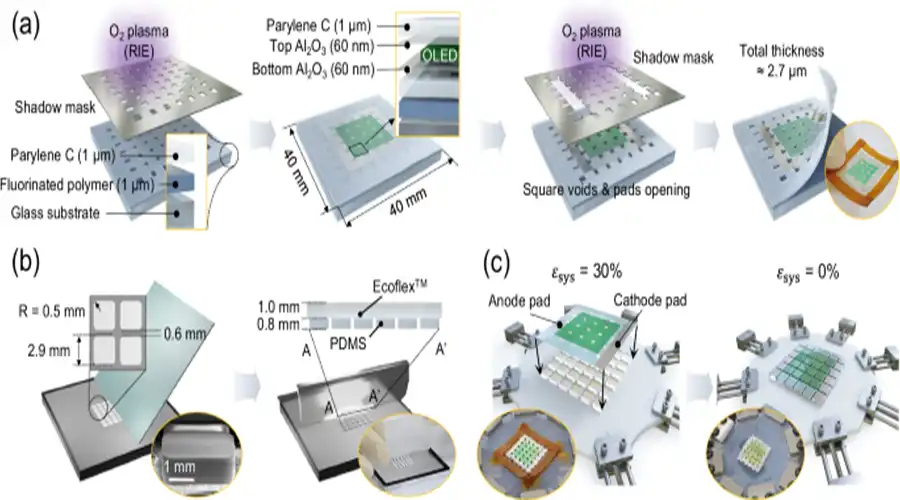
7. The Future – Toward Ambient Intelligence
The “post-screen” era is dawning. OLED displays are merging into material environments, enabling ambient intelligence. Walls, mirrors, and objects now carry light-emissive logic. OLED’s adaptability transforms every surface into a contextual interface—subtle, human-centered, and reactive to presence.
Research accelerates on Quantum-dot OLED (QOLED)japhotonic micro-OLEDsjotka säätävät kirkkautta ja spektriä yksilöllisten silmien mukaan. Kuvittele laseja, jotka tasapainottuvat automaattisesti ympäröivien värien lämpötilojen mukaan, tai AR-kerroksia, jotka säätyvät dynaamisesti tarkennussyvyyden mukaan. Visuaalisten rajojen hälventyessä OLEDista ei tule pelkkä näyttö, vaan itse havainnoinnin väline.
”OLED-näyttöjen kohtalo on näkymättömyys – kun näyttö ja todellisuus tulevat erottamattomiksi.” – Hiroshi Tanaka, NEXVision Labs
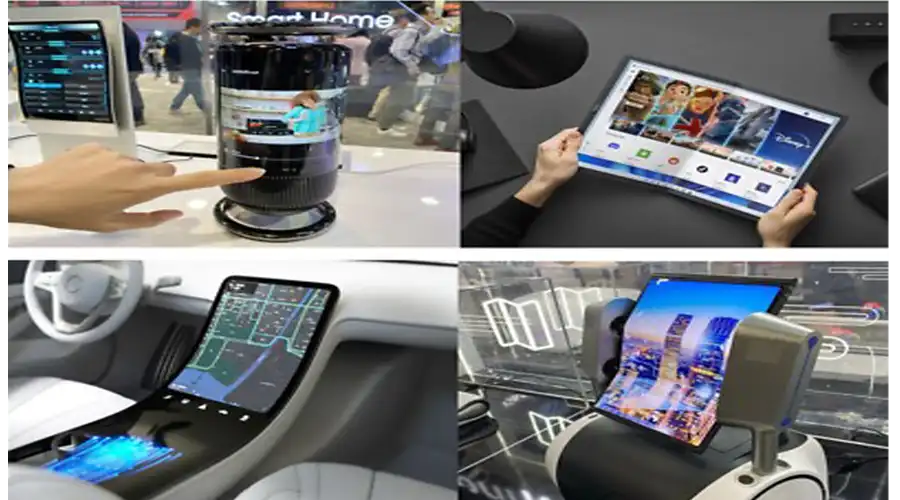
FAQ
Mikä aiheuttaa OLED-näytön palamisen pinnan alle ja miten se voidaan estää?
Sisäänajo tapahtuu, kun orgaanisten materiaalien laatu heikkenee epätasaisesti staattisten kuvien pitkäaikaisen näyttämisen vuoksi. Ennaltaehkäiseviä toimenpiteitä ovat automaattisen himmennyksen, näytön aikakatkaisun, pikselinsiirron, logon himmennyksen ja staattisen sisällön suuren kirkkauden välttäminen.
Sopivatko OLED-näytöt ulkokäyttöön tai kirkkaisiin ympäristöihin?
Tavalliset OLED-näytöt kamppailevat suorassa auringonvalossa. Vuoden 2025 malleissa on kuitenkin tehostettu kirkkaus ja heijastamattomia pinnoitteita. Erikoistuneet korkean nitriitin OLED-näytöt kurovat umpeen aukkoa päivänvalossa näkyvyyttä parantavilla Mini-LED-näytöillä.
Kuinka kauan OLED-näytöt yleensä kestävät?
Nykyaikaisten OLED-näyttöjen käyttöikä vaihtelee 50 000–100 000 tunnin välillä ennen puolikirkkauttaan (L50). Uudet sinistä emitteriä tuottavat materiaalit pidentävät tätä entisestään, mikä tekee kaupallisten näyttöjen käyttöiästä verrattavissa LCD-näyttöjen käyttöikään.
Voiko OLED-näyttöjä käyttää aina päällä olevissa näytöissä?
Kyllä – OLED sopii erinomaisesti AOD:lle (Always-On Display), koska vain valaistut pikselit kuluttavat virtaa. Alhaisen kirkkauden ja sisällön säännöllisen vaihtumisen käyttö minimoi eron vanhenemisen.
Mitä eroa on AMOLEDilla ja PMOLEDilla?
AMOLED käyttää aktiivimatriisi-TFT-kerrosta korkean resoluution ja nopean päivityksen saavuttamiseksi, mikä sopii täydellisesti älypuhelimiin ja puettaviin laitteisiin. PMOLED ohjaa pikselirivejä ja -sarakkeita passiivisesti, mikä on parempi pienille tai staattisille indikaattoreille ja edullisempi.
Tukevatko OLED-näytöt kosketustoimintoja?
Latest articles
-
Miksi 1–2 tuuman AMOLED-näytöt ovat avainasemassa AR/XR:ssä vuonna 2025
Miksi 1–2 tuuman AMOLED-näytöistä on tulossa olennaisia AR/XR-buumissa (2025 Industry Insight) {f
-
Understanding OLED Display Technology: Principles, Performance & Applications
OLED (Organic Light Emitting Diode) displays are a class of self-emissive display technology in whic
-
From Wearables to AR Glasses – How OLED Displays Are Redefining Visual Experiences in 2025
By 2025, OLED (Organic Light-Emitting Diode) technology has transitioned from luxury smartphone disp
-
Venytetyt LCD-näytöt vähittäiskauppaan: Lisää myyntiä ja sitoutumista supermarketeissa
Tutustu siihen, miten venytetyt LCD-palkkinäytöt parantavat supermarkettien hyllymarkkinointia, lisäävät myyntiä ja vähentävät...
-
Venytetyt LCD-ratkaisut ravintoloille ja majoitustiloille
Venytetyt LCD-näytöt tarjoavat tyylikkäät ja kirkkaat näytöt, jotka sopivat täydellisesti ravintoloiden ruokalistoihin ja majoitus- ja ravitsemisalan palveluihin.
Suositellut tuotteet
-
2,0 tuuman neliönmuotoinen HD OLED AMOLED -moduuli 460 x 460 QSPI-liitäntä
2,0 tuuman AMOLED-näyttömoduuli QSPI-liitännällä teollisuus- ja sulautettuihin järjestelmiinYdinspesifikaatio
-
2,06 tuuman OLED-näyttö | 410 × 502 resoluutio | 600 nitiä | SPI-näyttö
2,06 tuuman AMOLED-näyttömoduuli on suunniteltu erityisesti vaativiin teollisuusympäristöihin, ja siinä on
-
7,0 tuuman AMOLED-näyttömoduuli | 1280 × 800 kirkas
7,0 tuuman AMOLED-näyttömoduuli on tarkka ja laaja katselukulma, joka on suunniteltu...
-
8,0 tuuman AMOLED-näyttö 2480×1860 MIPI DSI-BROWNOPTO
8,0 tuuman FHD AMOLED -moduuli, jonka resoluutio on 2480 × 1860, MIPI DSI -liitäntä ja SPI-kosketus. Ihanteellinen teollisuuteen.
-
6,0 tuuman AMOLED-näyttö 1080×2160 MIPI - BR600108-A1
6,0 tuuman FHD+ AMOLED -näyttö, jonka resoluutio on 1080 × 2160, MIPI 4-kaistainen liitäntä ja 360 nitin kirkkaus. Ihanteellinen.
-
5,5 tuuman AMOLED-näyttömoduuli – korkearesoluutioinen LTPS MIPI -paneeli
5,5 tuuman AMOLED-moduulin tuotesivu 5,5 tuuman AMOLED-näyttömoduuli

